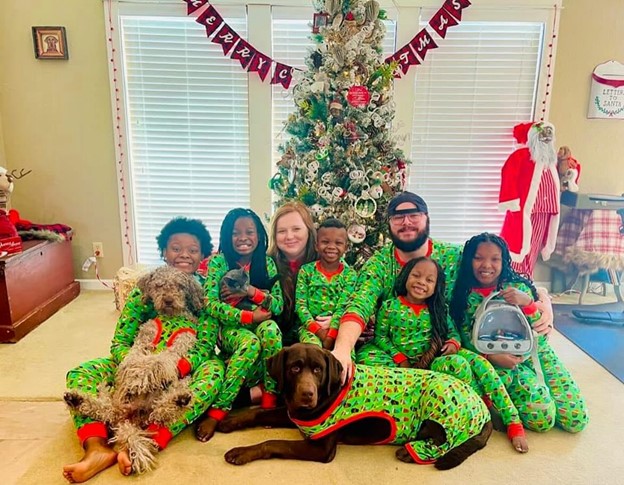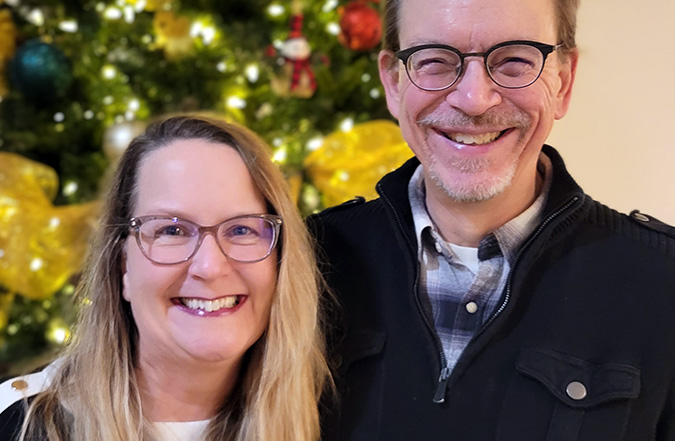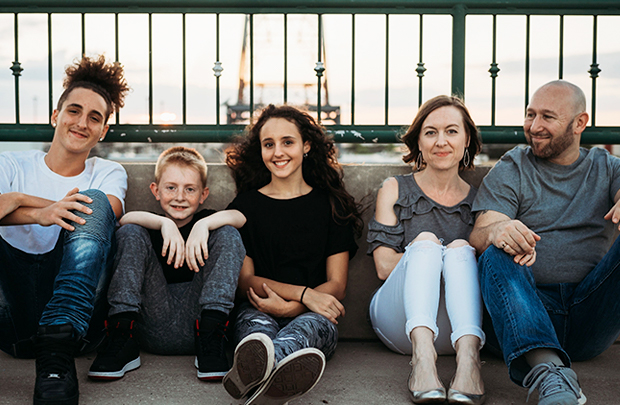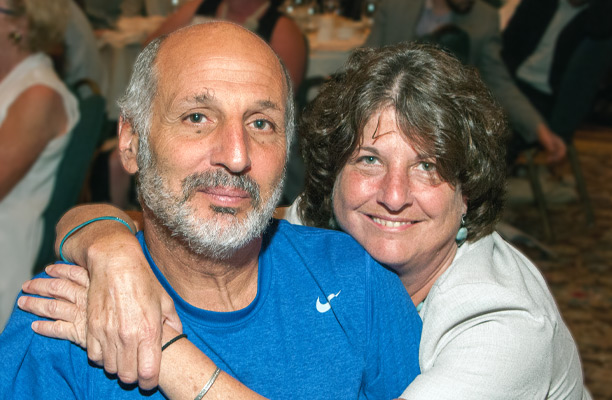
Kim Stevens grew up in a family that struggled with alcoholism and domestic violence. She did not spend time in foster care, but her childhood experiences left Kim with a heightened understanding of both the trauma and loss children in foster care experience and the enduring love they often hold for their birth parents and siblings.
Today, Kim is the program director for the North American Council on Adoptable Children (NACAC) and a nationally recognized speaker and trainer. She and her husband, Buddy, adopted four children from foster care.
Kim talked about her family’s story—and shared her advice about adopting children of another race—with us.
What made you decide to adopt from foster care?
Before my husband, Buddy, and I got married, we agreed that someday we would adopt from foster care. Both of us had challenging childhoods. Our circumstances were different, but we each came out of it believing that we had something to offer kids whose experiences were similar to our own.
Shortly after we married, Buddy and I had two boys by birth. When they were two and eight, we decided the time was right to adopt. In 1988 we began working with a special-needs adoption agency.
You and your husband are both Caucasian, and three of the four children you adopted were African American. Did you plan to become a transracial family?
We only knew we wanted to parent the child who needed us and we could make a positive difference for.
Initially we had set out to adopt a young girl, thinking it would make sense to adopt someone between our sons’ ages, but instead met a 15-year-old boy who our social worker knew was the right child for our family, and we the right family for him. We met him at an adoption event and we just clicked. It was such a strong feeling that on the way home from that event we ordered furniture for his room. That social worker had incredible insight to see beyond what we thought we could do!
A few years later, as he was getting ready to head off to the Navy, we decided to adopt again. At our second adoption event we met three sisters. Again, I had that feeling that they could be my children. But they were African American, and we were a Caucasian family. We did not want to bring the girls into a home where they might feel like they did not fit in. We talked with a number of professionals, including their worker, to come to the right decisions.
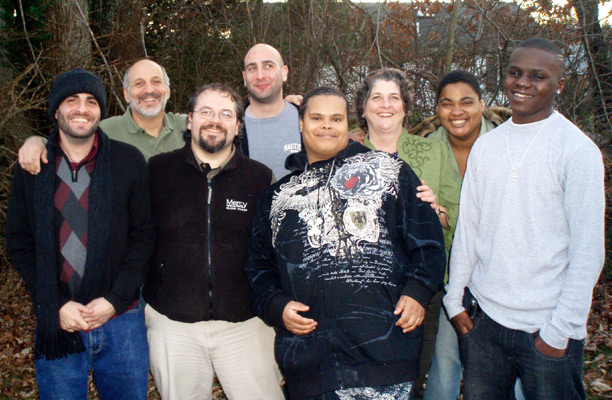
What made you move forward with the adoption?
About seven months later, I saw these girls featured in an adoption story in the Sunday paper. They were still in foster care. So, we asked ourselves: would it better for them to grow up in a Caucasian family, or in no family? Again, we consulted with professionals and assessed the ability of our extended family and friends to ensure that we could meet their needs and support their positive identity development.
We adopted two of the girls, Justice and Tanya. Unfortunately, their other sister had already been placed with another family. Two years later, we adopted a son, Melvin, a toddler who was also African American.
You were worried about your children losing touch with their culture. What were some of the more significant things you did to prevent that from happening?
When we decided to adopt children of another race, we committed to surrounding them with people who share their culture and could help us be better parents. We opened our doors—literally and figuratively—to people of our children’s race who could be role models to them and teachers to us. And we made sure our children saw leaders, parents, and others who looked like them, so they knew they could achieve.
We also made a point of watching for signs of overt and covert racism and confronting it—most of the time. We believed that it was important to also support our children in developing their own strategies and responses. Our children have always helped us know when to intervene on their behalf and when they wanted to handle it themselves.
What surprised you about becoming a transracial family?
Our focus on ensuring that our children stayed connected to their heritage opened us all up to many amazing experiences and opportunities we would not have had otherwise. I truly believe that having a diverse family made all of us better people. I couldn’t be more proud of the people all of our children have become.
Looking for more information?
Read our seven suggestions for a successful transracial adoption.
